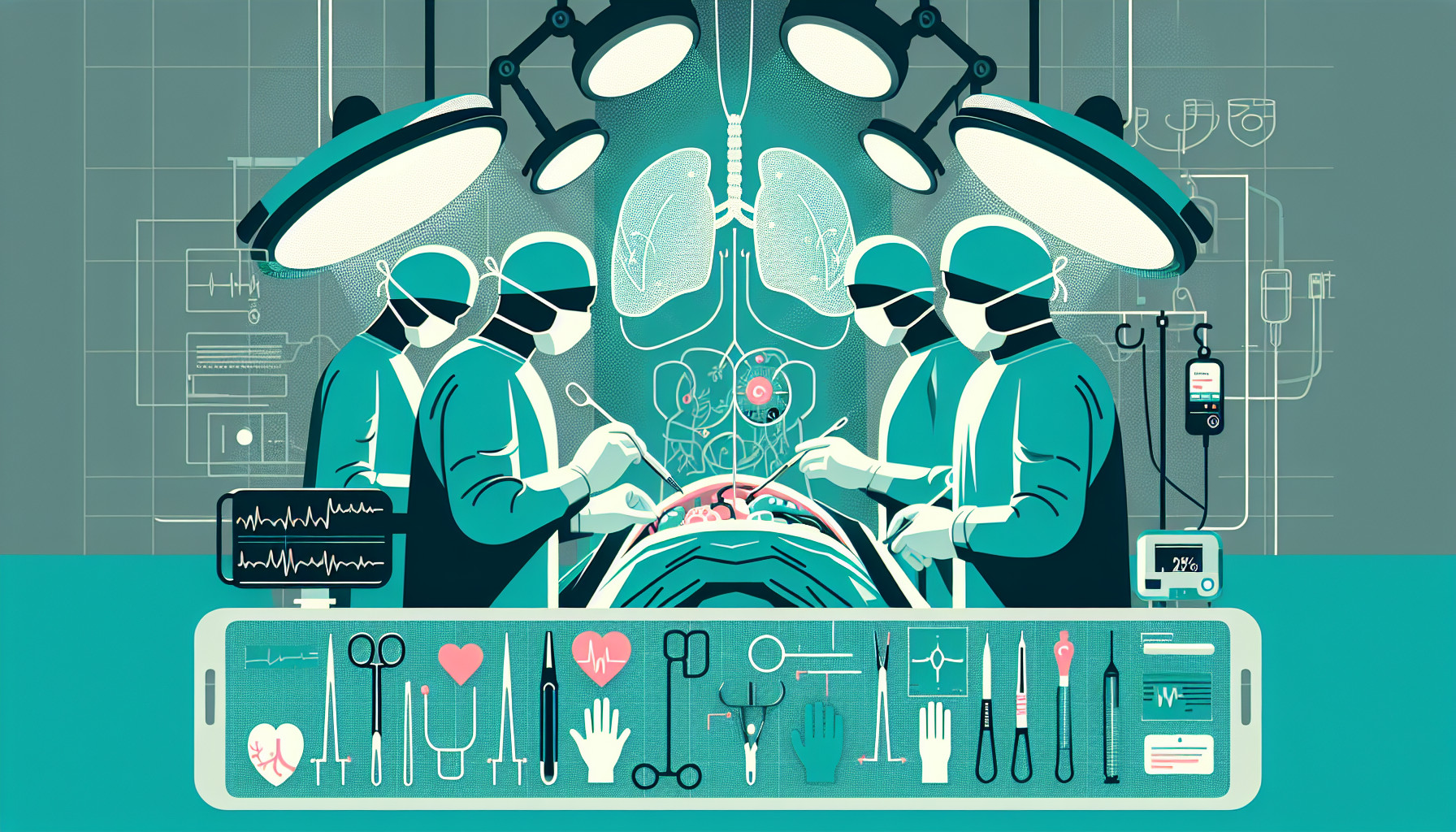Our Summary
This research paper is about a program at a children’s hospital in Paris that uses robots to perform surgeries. The program’s main goal is to create a safe environment for patients and staff before, during, and after surgery. The robot allows for precise surgery, especially when dealing with tumors, because it can move in ways that are suited to careful dissection of blood vessels and organs. The decision to use the robot for surgery depends on the characteristics of the tumor, pre-surgery images, and the surgeon’s experience. Over time, they have gradually taken on more complex cases. The future of surgery is seen to be in robotics, especially when it comes to tumor surgery in children. The paper presents the current principles for using robot-assisted surgery in children’s tumors. With this approach, the program has seen great results in terms of cancer outcomes while also being minimally invasive. This has been beneficial in treating children with specific types of tumors in the adrenal glands, nervous system, and kidneys.
FAQs
- What is the main goal of the robot-assisted surgery program at the children’s hospital in Paris?
- How does the robot-assisted surgery program determine whether to use the robot for a specific surgery?
- What types of tumors has the robot-assisted surgery program seen great results in treating?
Doctor’s Tip
A doctor may tell a patient undergoing oncologic surgery to follow all pre-operative instructions carefully, including medication guidelines, fasting requirements, and any necessary tests or evaluations. It is important for the patient to communicate openly with their healthcare team about any concerns or questions they may have before the surgery. Additionally, the patient should follow post-operative care instructions closely, including wound care, pain management, and any recommended physical therapy or rehabilitation. It is important for the patient to attend all follow-up appointments and screenings to monitor their recovery and ensure the best possible outcome.
Suitable For
Patients who are typically recommended for oncologic surgery include:
Patients with localized tumors that are amenable to surgical resection, such as solid tumors in organs like the kidneys, adrenal glands, or nervous system.
Patients with tumors that are causing symptoms or complications that require surgical intervention, such as tumors that are obstructing the airway or causing severe pain.
Patients with tumors that are suspected to be malignant and require a biopsy for definitive diagnosis.
Patients with tumors that are recurrent or have not responded to other forms of treatment, such as chemotherapy or radiation therapy.
Patients with tumors that are at a high risk of spreading to other parts of the body if not removed surgically.
Overall, the decision to recommend oncologic surgery for a patient is based on a variety of factors, including the type and location of the tumor, the patient’s overall health and medical history, and the potential benefits and risks of surgery. It is important for patients to discuss their treatment options with their healthcare team to determine the best course of action for their specific situation.
Timeline
Before oncologic surgery:
- Patient is diagnosed with cancer through various tests and imaging studies
- Patient undergoes consultations with oncologists, surgeons, and other healthcare providers to discuss treatment options
- Patient may undergo chemotherapy or radiation therapy to shrink the tumor before surgery
- Patient undergoes pre-operative testing and preparations, such as blood tests and imaging studies
- Patient receives instructions on how to prepare for surgery, including fasting and medication management
After oncologic surgery:
- Patient is closely monitored in the recovery room for signs of complications
- Patient may stay in the hospital for a few days to recover, depending on the type of surgery and extent of the tumor removal
- Patient may experience pain, fatigue, and other side effects of surgery
- Patient undergoes follow-up appointments with their healthcare team to monitor healing and recovery
- Patient may undergo additional treatments, such as chemotherapy or radiation therapy, to prevent cancer recurrence
- Patient receives support and resources to help cope with the emotional and physical effects of cancer treatment
Overall, the patient’s journey before and after oncologic surgery involves a combination of medical treatments, emotional support, and ongoing monitoring to ensure the best possible outcome in their cancer care.
What to Ask Your Doctor
- What are the benefits of using robotic surgery for oncologic procedures compared to traditional methods?
- What are the potential risks or complications associated with robotic surgery for oncologic procedures?
- How experienced is the surgical team in performing robot-assisted oncologic surgeries?
- What is the success rate of robot-assisted surgery for treating tumors in children at this hospital?
- How long is the recovery process after robot-assisted oncologic surgery for children?
- Are there any long-term effects or considerations to keep in mind after undergoing robot-assisted oncologic surgery as a child?
- How does the cost of robot-assisted oncologic surgery compare to traditional methods, and is it covered by insurance?
- What follow-up care or monitoring is necessary after undergoing robot-assisted oncologic surgery for children?
- How does the use of robotics in oncologic surgery impact the overall experience for both patients and medical staff?
- Are there any ongoing research or advancements in robot-assisted oncologic surgery that may be relevant for future treatment options?
Reference
Authors: Blanc T, Taghavi K, Glenisson M, Capito C, Couloigner V, Vinit N, Sarnacki S. Journal: J Pediatr Surg. 2025 Mar;60(3):162017. doi: 10.1016/j.jpedsurg.2024.162017. Epub 2024 Oct 21. PMID: 39477752
